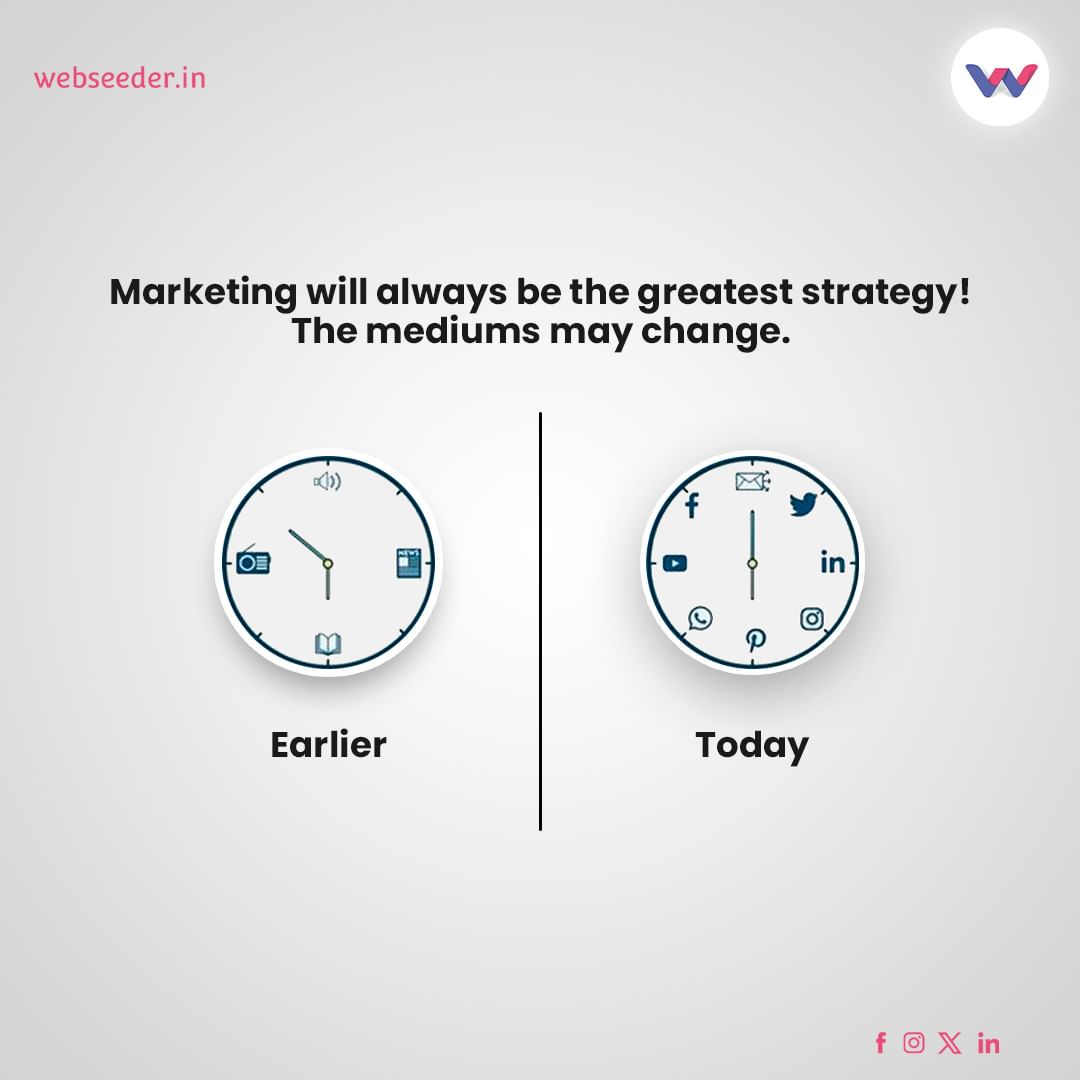In today’s digital age, mobile applications have become integral to our daily lives. From ordering food to managing finances, there seems to be an app for everything. However, behind every successful mobile app lies a complex development process. In this article, we’ll delve into the world of mobile app development, exploring key concepts and stages involved in creating a stellar mobile application.
1. Understanding the Basics
Mobile app development refers to creating software applications that run on mobile devices such as smartphones and tablets. These apps can be built for various platforms like iOS (Apple devices) or Android (Google devices) and can serve various purposes, including entertainment, productivity, communication, and more.
2. Key Components of Mobile App Development
a. Ideation and Conceptualization: Every successful app starts with a unique idea. During this stage, developers brainstorm ideas, conduct market research, and define the app’s goals and target audience.
b. Design: Design plays a crucial role in the success of a mobile app. This stage involves creating wireframes, mockups, and prototypes to visualize the app’s layout, user interface, and user experience (UI/UX).
c. Development: Once the design is finalized, developers begin coding the app. They may use programming languages such as Java or Kotlin for Android development, and Swift or Objective-C for iOS development.
d. Testing: Testing is essential to ensure that the app functions correctly and is free of bugs and errors. Developers conduct various tests, including functional testing, usability testing, and performance testing.
e. Deployment: After thorough testing, the app is ready for deployment to the respective app stores (e.g., Apple App Store, Google Play Store). Developers must adhere to the guidelines and policies of each app store to ensure successful submission.
f. Maintenance and Updates: Once the app is live, developers continue to monitor its performance, address user feedback, and release updates to improve functionality and fix any issues that may arise.
2. Popular Development Approaches
a. Native App Development: Native apps are created on a platform-by-platform basis with platform-specific tools and programming languages. This approach provides the highest performance and the best user experience, but it necessitates separate development for every platform.
b. Cross-Platform App Development: cross-platform development is the process of creating an application that can run across multiple platforms with a single code base. Cross-platform frameworks such as React Native or Flutter have become popular due to their ability to provide a good balance between speed and scalability.
c. Progressive Web Apps (PWAs): PWAs are web applications that utilize modern web technologies to deliver a native app-like experience across different devices and platforms. They offer advantages such as offline functionality, push notifications, and seamless updates.
3. Challenges and Considerations
a. Device Fragmentation: With a wide range of devices with varying screen sizes, resolutions, and hardware capabilities, developers must ensure compatibility and optimal performance across different devices.
b. Security: Mobile apps are vulnerable to a variety of security risks, including data breaches, malicious software, and unauthorised access. To ensure the security of user data and the integrity of the application, developers must implement strong security measures.
c. User Engagement: Attracting and retaining users in a crowded app market is no easy task. Developers need to focus on engaging content, value-added features, and effective marketing.
In conclusion, mobile app development is a multifaceted process that requires careful planning, meticulous execution, and ongoing maintenance. By understanding the key concepts and stages involved, businesses and developers can create successful mobile apps that meet the needs and expectations of users in today’s digital landscape


No comments yet